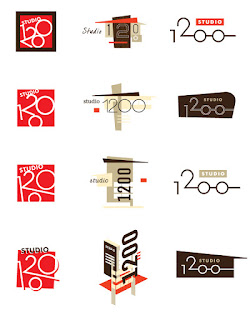Describe a range of common techniques, materials, used in design and manufacture
The Technology and Design Learning Area equips learners to apply knowledge, experiences and resources purposefully to critique, design and make products, processes and systems.
These are created to solve a problem or meet a need. Some examples of current technologies include medical procedures, housing, household products and appliances, electronic equipment, tools, recreation and leisure products, fads and children’s toys.
These can enhance lives and empower people, eg laser eye surgery, motorised wheelchairs, communication and media systems, and medical research. The use or abuse of technology can create social differences, disagreements and ethical conflicts, eg genetically modified foods, in-vitro fertilisation technology.
While designing, developing and using technology is linked to the evolution of our species, our future existence will be influenced greatly by technologies currently being, or yet to be, designed and created.
Consequently, responsible and democratic decision-making, taking into account cultural, societal and environmental factors, is an important aspect of Technology and Design. Note: Technology and Design is often confused with Computer Technology, Information Communication Technology or Learning Technologies.
Computer Technology is one of many learning tools used in the ‘design processes’ of Technology and Design.
In a supportive environment, technically literate learners become increasingly confident, self-sufficient and independent in using a range of materials, components and resources, information systems, techniques and equipment effectively and safely to design and make products, processes and systems relevant to real life experiences and with practical applications
Examine critically the impact of past and present technologies in the home, commercial enterprise and local and global environments, and develop understandings about the role, range and effects of technologies on society and the environment.
Develop a solid repertoire of creative thinking, risk-taking, decision-making, problem-solving and communication skills to develop innovative and original solutions.
Give examples of common tools and equipment used in design
Describe the physical properties and capabilities of a range of materials, tools and equipment used in design
Describe the characteristics of different materials and the potential of these characteristics to achieve different effects
Adopt the preferred approach based on the requirements of the brief
Document the planned design approach
Use a selected technique make a product, prototype or sample ensuring consistency with the selected approach and the brief
Present the designed product, prototype or model in accordance with the brief specifications.
Describe the physical properties and capabilities of a range of materials, tools and equipment used in design
Describe the characteristics of different materials and the potential of these characteristics to achieve different effects
Adopt the preferred approach based on the requirements of the brief
Document the planned design approach
Use a selected technique make a product, prototype or sample ensuring consistency with the selected approach and the brief
Present the designed product, prototype or model in accordance with the brief specifications.







































No comments:
Post a Comment
Note: Only a member of this blog may post a comment.